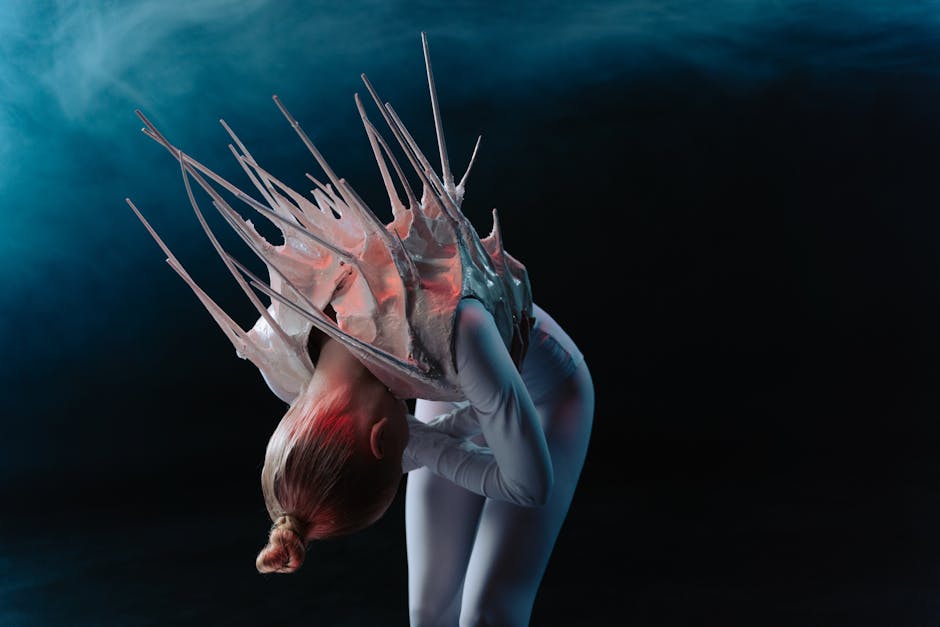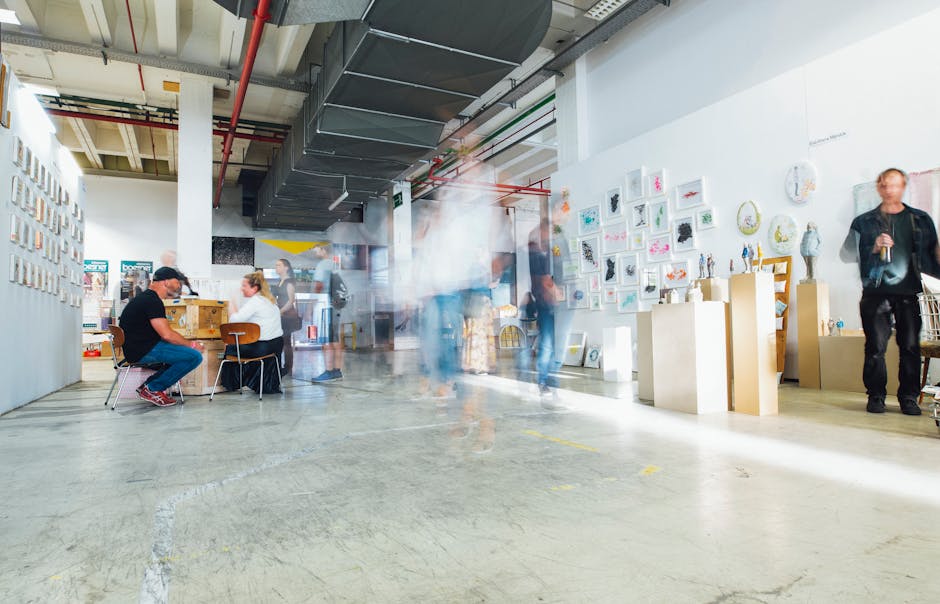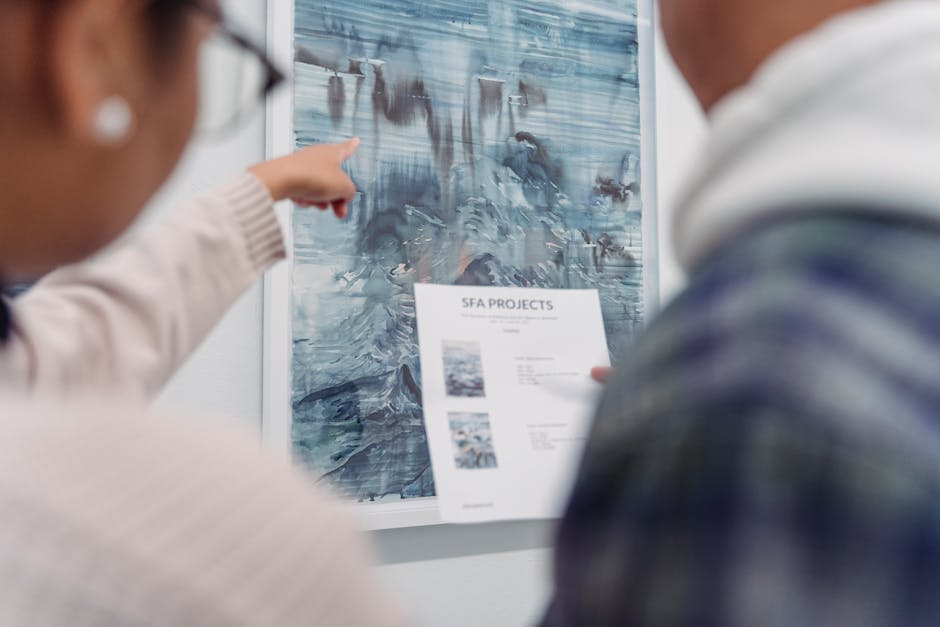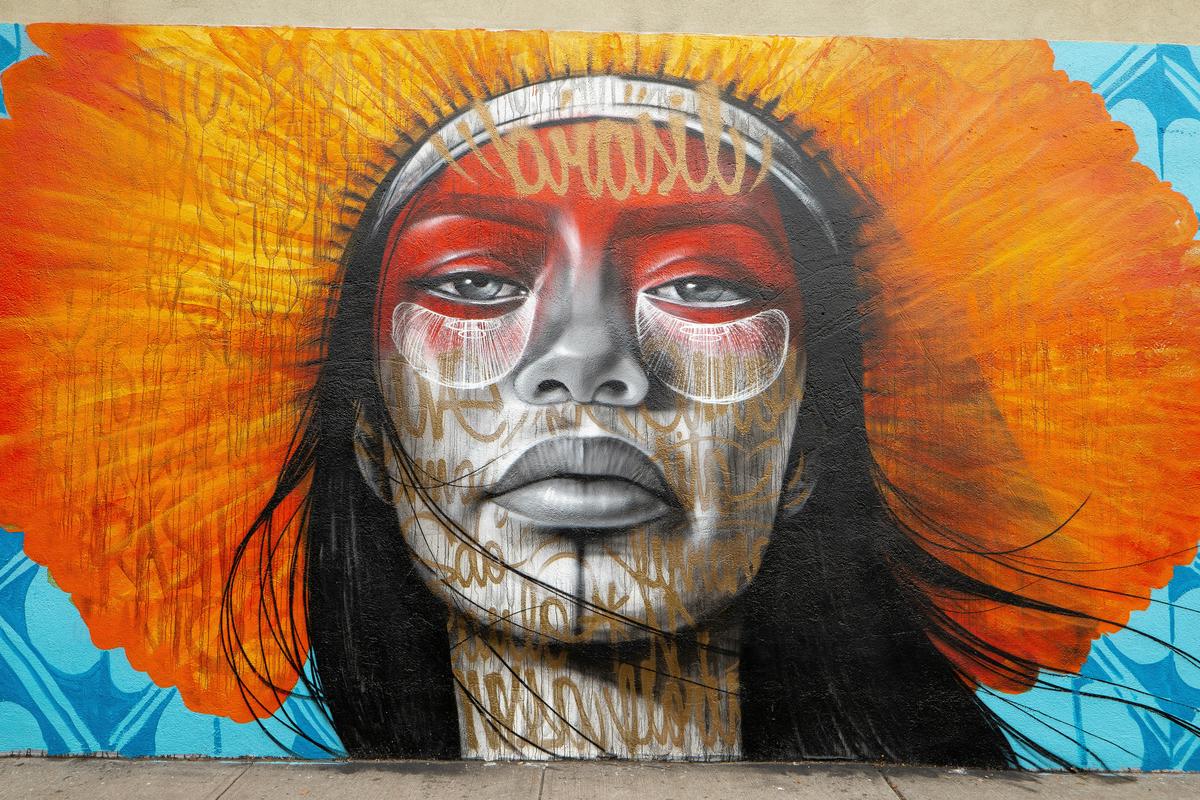Art as a Political Tool
Art emerging from political shadows has recently gained more attention. Consider Cronenberg's dystopian vision where body modification becomes both art and rebellion. Organs transform into statements, challenging societal norms and governmental scrutiny. Saul Tenser's work reflects the dance between art and authority, with creativity standing at the edge of personal evolution and control.
Art often finds itself embroiled in controversy. Instances of authorities removing installations critical of political or social narratives, like Taravat Talepasand's artwork at Macalester College, reveal attempts to sanitize art from public view. These moments raise questions about an artist's dialogue with the world when it's cut short or misinterpreted.
Artists like Mike Parr have used gallery walls as canvases for bold proclamations, exploring truths many shy away from. When Ben Quilty paints the wounds of soldiers or Hoda Afshar portrays whistleblowers, viewers engage in an introspective dialogue on accountability and justice.
The tension between acceptance and outrage breathes life into discussions that define civilizations. As art curators and viewers grapple with these expressions, art serves as a fulcrum for societal discourse, spinning tales from mere hues and shapes.
In every stroke, whether celebrated or censored, art conveys stories that echo beyond gallery walls, influencing the language of politics itself and leaving a lasting imprint on our collective consciousness.

Censorship in Art
Censorship in art reflects broader social, political, and cultural tensions. Artists have long challenged norms, yet censorship emerges to preserve the status quo or quell calls for change. The reasoning behind censorship ranges from caution to outright suppression, with institutions sometimes altering or removing works fearing backlash.
However, censorship often backfires, raising interest in provocative art. It invites viewers to question not just the art, but the censor's motives as well. What do we hide behind drawn curtains, and what does this say about our society's values or insecurities?
When artists like Mike Parr leave political critiques on gallery walls, it highlights art's role as both unifier and divider.
This interplay of suppression and expression reminds us that rebellion finds its home in many forms of artistry, resonating deeply with audiences.
Yet, for every act of censorship, there emerges a counterpoint. When art speaks louder than those who seek to silence it, it rouses introspection and debate. Society, in turn, finds itself reshaped by the voices it once sought to stifle, allowing artists to remind us of our potential for nuanced dialogue and complex empathy.

The Role of Institutions
Cultural institutions often find themselves between championing artistic freedom and guarding public sentiment. They must foster open dialogue while considering diverse audience sensibilities. The University of Southern Maine's removal of artworks due to the artist's past convictions exemplifies the pressures institutions face.
Engaging with contentious art requires awareness of the sociopolitical landscape. Institutions become mediators, creating spaces for dialogue rather than outrage. The National Coalition Against Censorship's advisory roles highlight the challenge of nurturing environments where diverse human experiences can be engaged openly.
Institutional risk aversion can lead to arbitrary decisions about appropriateness. When the Mesa Art Center faced backlash over Shepard Fairey's work, officials delayed exhibitions to navigate between artistic vision and community comfort.
Strategies involving transparent dialogues and educational initiatives have shown promise. The San Francisco Unified School District's decision to cover rather than destroy controversial murals reflects a mindful compromise preserving historical context while addressing concerns.
By championing artistic license and encouraging discourse around complex artworks, institutions set a precedent for authentic engagement and societal reflection. Their truest contribution may be igniting understanding and introspection, while holding a mirror to society's collective ethos.

Artists as Activists
Artists often serve as torchbearers for change, using creativity as a tool for awareness and reform. Ai Weiwei's works, for example, illuminate governmental oppression and human rights issues, engaging viewers in dialogue that extends beyond gallery walls.
Shepard Fairey's street art questions power structures and champions social justice. His public works serve as street-level seminaries, challenging passersby to think critically about society. This commitment to accessible activism underscores the power of public art as an amplifier of marginalized voices.
The efficacy of artistic activism often requires context and outreach. Banksy's subversive imagery gains power not just from its artistry, but from the conversations it stimulates. These visual spectacles serve as springboards for broader discussions on social issues.
Lesser-known artists like Yhonnie Scarce use their craft to draw attention to specific causes. Scarce's glassworks highlight the trauma suffered by Indigenous Australians, prompting dialogue and policy reevaluation.
Artists occupy a unique space in activism. Their work—blending creativity and conscience—engages, educates, and alters societal dialogue. Through bold interpretations and convictions, they remind us of art's timeless role as a harbinger of social transformation.

Public Reaction and Impact
Audience reactions to political art exhibitions can be varied and dynamic. Viewers often find themselves at a crossroads where personal beliefs collide with artistic expression, transforming exhibitions into forums of public dialogue.
Support for politically charged art stems from its power to uncover truths and galvanize change. Some see Shepard Fairey's murals or Banksy's street art as calls to action, resonating with personal or communal struggles.
Conversely, backlash is not unexpected. Conservative quarters may regard such work as provocative, challenging their worldviews. An exhibition depicting state violence or systemic injustice can ignite heated debates, revealing underlying societal tensions.
Factors influencing public perception include:
- Cultural background
- Political ideology
- Personal history
The accessibility of public art can foster inclusivity but may also expose work to misinterpretation without proper context.
Political art exhibitions have the potential to inspire dialogue and change, encouraging viewers to reckon with uncomfortable realities. When audiences engage actively—questioning, challenging, and reflecting—art achieves its fullest potential as a social agent.
The dialogue engendered by political art is an ongoing process. Each encounter, whether supportive or critical, contributes to the story of art as a mirror to society. In this interplay, art demonstrates its capacity to provoke, inspire, and unite, crafting a kaleidoscope of human experience that resonates across divides.
Art, as a powerful force, continuously challenges and shapes societal stories. Its capacity to provoke thought and stir emotions underscores its vital role in fostering dialogue and reflection. In this dynamic interplay, art stands as a testament to the enduring spirit of creativity and its profound impact on our collective consciousness.
- Mendelssohn J. Dark Heart: The telling of truth through art. The Conversation. 2014.
- Quilty B. After Afghanistan. National Gallery of Australia. 2012.
- Afshar H. Agonistes. Art Gallery of New South Wales. 2020.
- Scarce Y. Thunder raining poison. Tarnanthi Festival of Aboriginal and Torres Strait Islander Art. 2015.
- Parr M. Blind painting durational performance. Adelaide Festival. 2024.






















